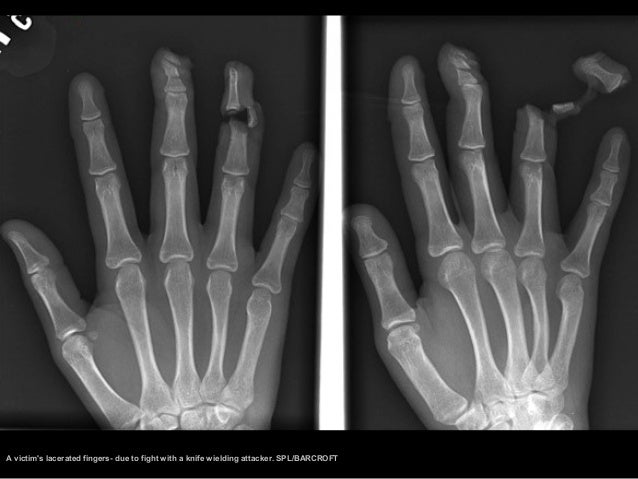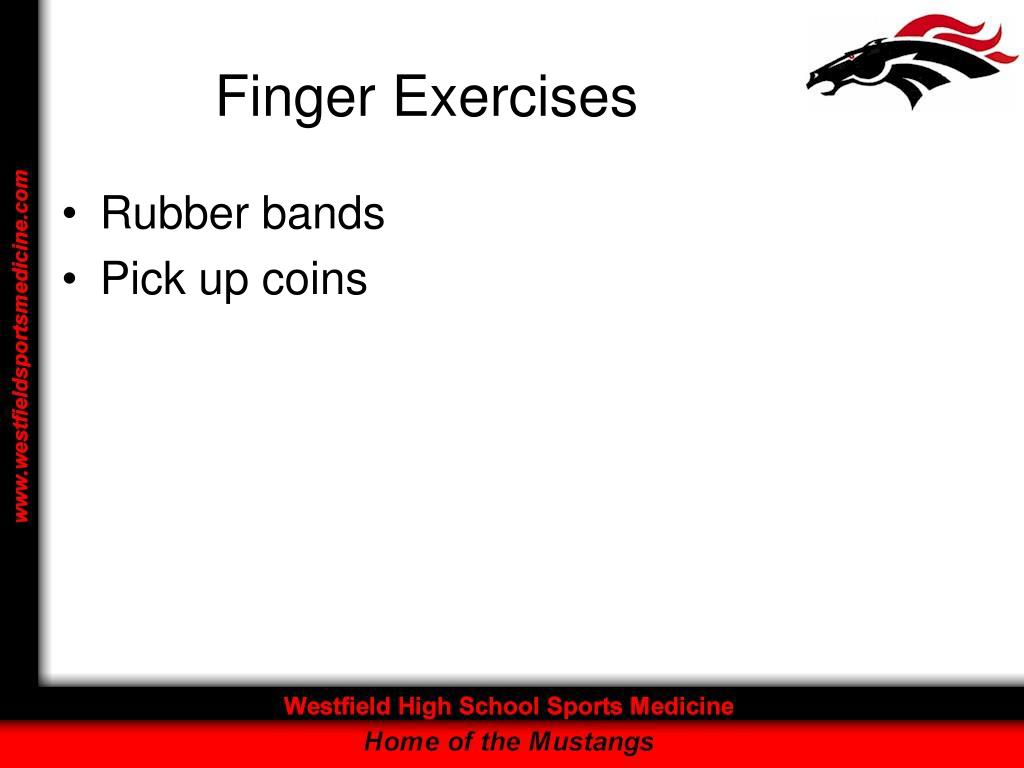

Terminal extensor tendon injuries such as mallet finger injuries are common. Current evidence supports nonoperative interventions, but injuries need to be addressed in a timely manner in order to avoid poor outcomes.A mallet fracture occurs when the tendon injury causes an avulsion fracture of the distal phalanx A mallet finger injury occurs when the extensor tendon is disrupted.These tendons are responsible for extension of the digits The extrinsic extensor tendon originates in the forearm and runs over the metacarpophalangeal joint, having an indirect attachment to the proximal phalanx, and finally, attaches to the distal phalanx.in ball sports, if a ball hits the fingertip of an extended finger. The rupture occurs when the distal phalanx of a finger is forced into flexion while being actively extended e.g. Reach out to us for an exam and accurate diagnosis from a board-certified professional.In mallet finger injuries, the distal extensor tendon is ruptured. If you’ve injured your finger, hand, or wrist, the upper extremity team at OAA is here to help. Call on the specialists at OAA to help you reach an accurate diagnosis and begin treating your injury as soon as possible. If you fear your finger may be broken or dislocated, do not wait to see the doctor! When left untreated, broken and dislocated fingers can cause serious problems in the long term, including permanent loss of movement and sensation. If your finger feels more numb than painful and appears crooked or out of place, you’ll need to receive an immediate evaluation from a specialist and begin treatment as soon as you can. Sprains can be another story, and you should let a doctor take a look in order to determine if you need a splint to help your ligaments heal in the right position.įinally, it’s possible that your finger could be dislocated rather than fractured. Of course, if your symptoms persist, it’s time to make sure nothing more serious is going on. If your finger is jammed, you most likely don’t need to go to the doctor - just take the appropriate dose of over-the-counter pain relievers and use ice to reduce any swelling that may occur. The most common finger injuries you may deal with apart from fractures are jams and sprains. If you’ve gone through the checklist above and it doesn’t seem to be quite so severe, there may be something else going on with your finger that could still benefit from medical attention. What Else Might’ve Happened to My Finger?Īs we’ve said, not every finger injury is a fracture. At OAA Orthopedic Specialists, our team of hand and upper extremity specialists can help you reach an accurate diagnosis and get started on your treatment plan. If any of these symptoms sound familiar, it’s time to get your hand examined by an orthopedic professional. You’re finding it difficult to move the affected finger.There’s significant tenderness and bruising in one localized area.There’s excessive swelling in one localized area.Your affected finger is bent into a strange or unnatural position.That said, there are certain particular indicators of a fracture that you should look out for if you fear your finger may be broken: Not all finger injuries are fractures, and you may feel pain, swelling or stiffness in your finger after any number of traumas have occured. What Are Some Common Symptoms of a Broken Finger? In fact, hand injuries are the second most common workplace injuries in the United States, just behind back injuries in their frequency. Many people who injure their fingers also do so in the context of the workplace, especially in industries such as package handling and construction. Falling down and using your hands to catch yourself, which is an involuntary reflex many of us have.Improperly using power tools and other types of machinery or equipment.Closing a door or lid on your finger and “jamming” it.Catching a ball without appropriate protection during sports, such as baseball or softball.

When specifically looking at what can potentially cause a finger fracture, you might think about the following events: We use our hands to complete so many tasks each day, it’s no wonder that there are endless ways you can potentially injure them. Here are some questions you might ask yourself if you’re afraid your finger may be broken: How Might I Have Broken a Finger? Who among us has never felt the searing, burning pain of slamming their finger into a door? Sometimes, especially when it first happens, this event can hurt so much that we fear the worst, turning to whoever is closest and asking, “Do you think it’s broken?” Our fingers are made up of multiple tiny bones, and fractures aren’t uncommon - but how do you know if your finger is truly broken, or if it just really hurts?Īt OAA Orthopedic Specialists, our board-certified, fellowship trained hand and upper extremity specialists treat all types of finger injuries every single day, and fractures are no exception.


 0 kommentar(er)
0 kommentar(er)
